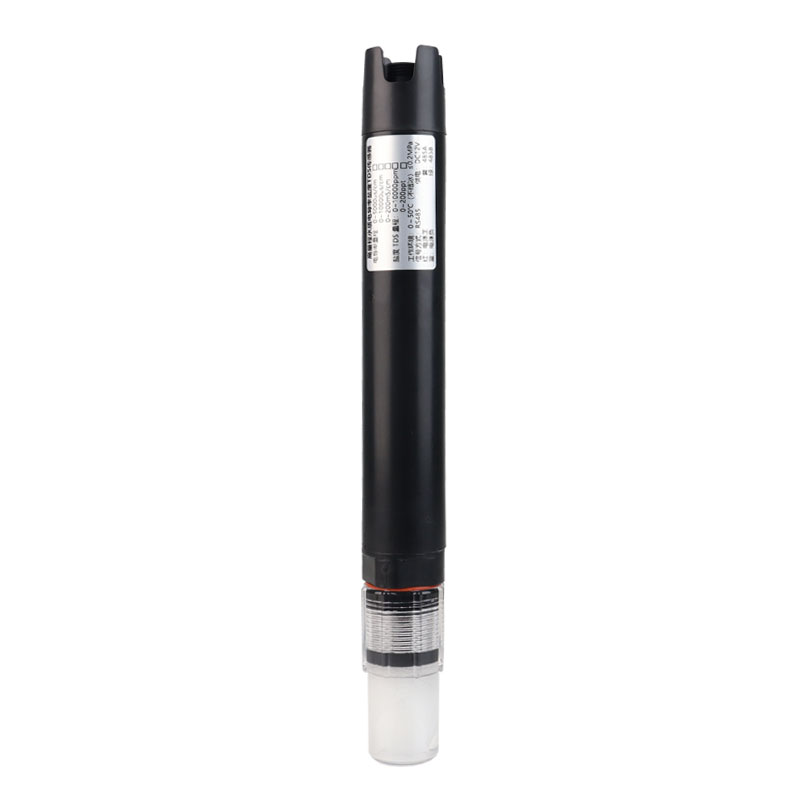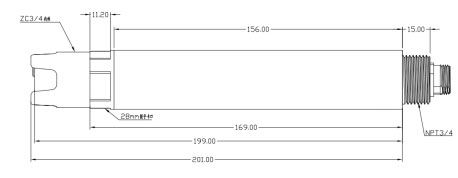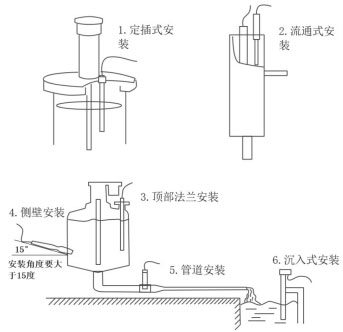Shandong Fengtu IOT Technology Co., Ltd
Sales Manager:Ms. Emily Wang
Cel,Whatsapp,Wechat:+86 15898932201
Email:info@fengtutec.com
Add:No. 155 Optoelectronic Industry Accelerator, Gaoxin District, Weifang, Shandong, China

Sales Manager:Ms. Emily Wang
Cel,Whatsapp,Wechat:+86 15898932201
Email:info@fengtutec.com
Add:No. 155 Optoelectronic Industry Accelerator, Gaoxin District, Weifang, Shandong, China

Model:FT-S7H
Brand:fengtu
1.Salinity sensor application environment description
Salinity sensor is used to measure the conductivity, salinity and TDS of water and salinity sensor can be used for water quality measurement of surface water, sewage, seawater, tap water and many other scenes.It is used for environmental water quality testing and various high/low ionic strength water sample testing, and can meet the requirements of most industrial/environmental applications for online conductivity, salinity, and TDS measurement.
Signal output: RS485 (MODBUS-RTU).
Internal signal isolation technology, strong interference resistance.
Good reproducibility, thermal stability, low drift, small size, fast response
Easy and simple installation, 3/4NPT pipe thread, convenient for submersible installation or installation in pipes and tanks
Stable performance and long service life
IP68 waterproof standard
24*1.218*1.5*228*22
2. Salinity sensor technical performance and specifications
1. Technical parameters
| Measurement principle | contact electrode method |
| Signal mode | RS485 (MODBUS-RTU) |
| Conductivity measurement range | (0~5000 μS/cm)(0~10000 μS/cm)(0-200mS/cm) |
| Conductivity resolution | 1μS/cm 0.01mS/cm |
| Salinity measurement range | 0-10000ppm 0-200ppt |
| Salinity resolution | 1ppm 0.01ppt |
| TDS measuring range | 0-10000ppm 0-200ppt |
| TDS resolution | 1ppm 0.01ppt |
| Measurement accuracy | ±1.5%; ±0.1°C |
| response time | About 30s (98% still liquid) |
| Shell material | ABS |
| temperature compensation | Automatic temperature compensation (M1820Z) |
| Cable length | Standard 5 meters |
| Supply voltage | 12-24VDC (0.4W@12V) |
| Measurement environment | Temperature 0~50℃ (non-freezing), <0.2MPa |
| Waterproof level | IP68 |
| Installation method | Submersible installation, NPT3/4 thread |
2.Salinity sensor size chart

3. Salinity sensor installation and electrical connection
1.Salinity sensor installation

Note: The sensor cannot be installed upside down or horizontally, and must be installed at an angle of at least 15 degrees.
2. Electrical installation
The cable is a 4-core shielded wire:
Red - power cord blue/black - ground wire green - 485B yellow - 485A
Depending on the production batch, the color of the cable may be slightly different. Please refer to the cable screen printing for details.
Four. Salinity sensor maintenance and care
1.Use and maintenance
Conventional electrodes require periodic cleaning and calibration, and the maintenance cycle is determined by the customer based on his or her own working conditions. Conventional electrode cleaning method: use a soft brush to remove attachments (be careful to avoid scratching the electrode surface), then clean with distilled water, and then perform calibration operations.
Irrigation is vital to agriculture, especially in drought conditions, and ensures that crops receive adequate water. Different irrigation methods have specific requirements for measuring and controlling soil water content:Surface irrigation: water is supplied directly to the field by means of furrow...
The GNSS (Global Navigation Satellite System) monitor is a displacement measuring device based on the global navigation satellite system. When in operation, the antenna of the monitor fully receives satellite signals, which contain crucial information such as satellite orientation and time. The rece...
industrial sensor is a kind of equipment in industrial automation, which can detect the change of quantity and convert it into an output signal, including pressure sensor, infrared sensor, smoke sensor, optical sensor and so on....
In the solar photovoltaic industry, IV curve testing is a critical technical method for evaluating the electrical performance of photovoltaic (PV) modules and module strings. This test involves simulating different light intensities and temperature environments to systematically measure the current-...